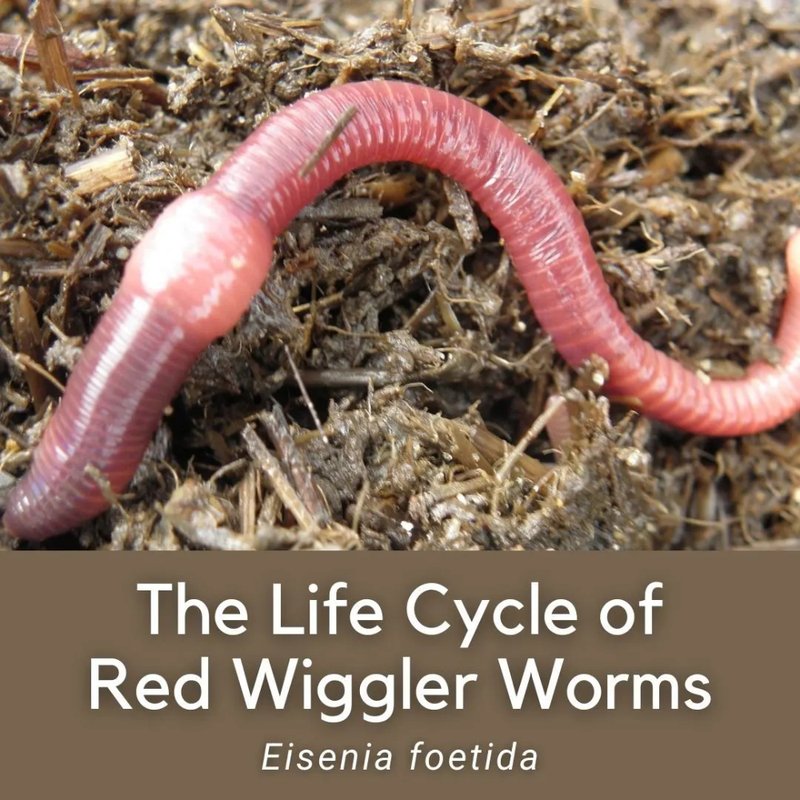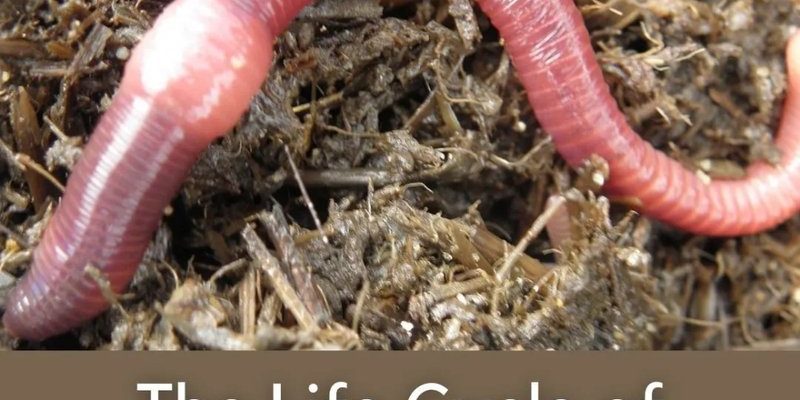
Let’s break down some of the field identification challenges you might face when spotting a red wiggler. Why does it matter? Understanding the difficulties in identifying these worms can help you appreciate their role in the ecosystem. Plus, being able to recognize them could take your composting game to the next level. So, grab a cup of coffee, and let’s dive into the nuances of spotting these fascinating creatures!
What Makes Red Wigglers Unique?
Red wigglers are often confused with other types of worms, like nightcrawlers or regular earthworms. When you look at them up close, they have a distinct appearance that sets them apart. They’re usually a reddish-brown color with a long, slender body and can reach up to 4 inches long. But even with this description, identifying them can be tricky.
Here’s the thing: Red wigglers thrive in rich compost and decaying organic matter. They prefer a moist environment, which means they often burrow deep into the soil or organic materials. This makes them less visible, especially when you’re sifting through a pile of compost. Most beginners jump to conclusions and might mistake them for other worms, not realizing that red wigglers are usually found closer to the surface.
Moreover, their movement adds another layer of confusion. Red wigglers are known for their quick, wiggly motions, darting around when disturbed. This behavior can make it difficult for the untrained eye to even pinpoint them in compost—which can feel like a mini scavenger hunt.
Similar Species Confusion
Identifying a red wiggler can sometimes lead to confusion with similar species. For instance, nightcrawlers and other earthworms are common in gardens and can look quite similar at first glance. Nightcrawlers, in particular, are larger and have a more robust body which can mislead you into thinking you’ve found a red wiggler.
To differentiate, pay attention to their habitat and behavior. Nightcrawlers prefer to burrow deeper into the soil, while red wigglers stay near the surface, feeding on decomposing organic matter. Understanding these habitat preferences can help you during your field identification endeavor.
Also, the coloration can vary depending on environmental factors. For example, wet conditions can alter the hue of worms, making them appear darker or lighter than usual. If you’re unsure, a closer inspection might be necessary.
Size Matters: Finding the Right Length
When spotting a red wiggler, size can play a crucial role. These worms typically measure about 3 to 4 inches long, but they can sometimes be smaller or larger. It’s easy to mistake smaller worms for red wigglers, especially when they’re squirming around in a compost pile.
One way to ensure you’re identifying the right species is to measure their length. If you’re looking at a worm that’s less than 3 inches, it’s likely not a red wiggler but rather a different species that could be beneficial for your compost. Another way to differentiate is by observing the thickness—they tend to be slimmer compared to other earthworm species, which are bulkier.
It can be helpful to have a small ruler or measuring tape handy while you’re out in the field. This simple tool can make a significant difference when identifying the worms you come across.
Coloration and Patterns
Coloration is another important aspect to consider when spotting red wigglers. As mentioned earlier, they usually have a reddish-brown hue. However, depending on their environment, they can appear more muted or even a bit darker.
Here’s where things get tricky: other species of worms, like the red-twig earthworm, can exhibit similar coloring. They might even share common habitats. This can lead you to doubt your findings.
To navigate this challenge, take a closer look at the surface of the worm. Red wigglers have a more distinct, smooth texture compared to other worms. They often have a subtle sheen that catches the light, especially if they’re wet.
To improve your chances of accurate identification, try examining worms in different lighting conditions. Natural sunlight can help highlight those subtle differences.
The Role of Habitat in Identification
The environment where you find a worm can be a big hint in identifying it. Red wigglers thrive in compost heaps, manure piles, or any location rich in organic material. If you’re finding worms in these areas, there’s a higher chance they might be red wigglers.
On the flip side, if you’re digging in garden soil or wooded areas, you’re more likely to encounter earthworms or nightcrawlers. Knowing their preferred habitats can save you time and energy in your search.
It’s also important to remember that red wigglers are sensitive to their environment. Extreme heat or cold can drive them deeper into the compost. If the ground is dry or compacted, your chances of spotting them can diminish. Keep this in mind while you search; sometimes the best time to find them is right after a good rain, which brings them closer to the surface.
When to Look for Red Wigglers
Timing can play a critical role in identifying red wigglers, too. These worms are most active during cooler months and can be less visible in extreme heat. Early morning or late afternoon are ideal moments for spotting them, as they tend to venture closer to the surface during these times.
If you’re digging through a compost pile, inspecting it post-rain can yield better results. The moisture in the air encourages red wigglers to move around, making them easier to spot.
Also, consider seasonal changes. During the cooler months, red wigglers can become more sluggish, which might make them easier to identify, while in warmer weather, they may burrow deeper into the compost and blend in more with their surroundings.
Final Thoughts on Spotting Red Wigglers
While identifying red wigglers may seem challenging, a bit of patience and attention to detail goes a long way. By understanding their unique characteristics, preferred habitats, and active times, you can boost your chances of spotting them successfully.
Remember, the joy of composting or worm farming often comes from these small victories. Every red wiggler you spot contributes to a healthier ecosystem and enriches your compost. So, keep exploring, and don’t be discouraged by initial challenges; with practice, you’ll soon become a pro at identifying these essential composters. Happy worm spotting!

